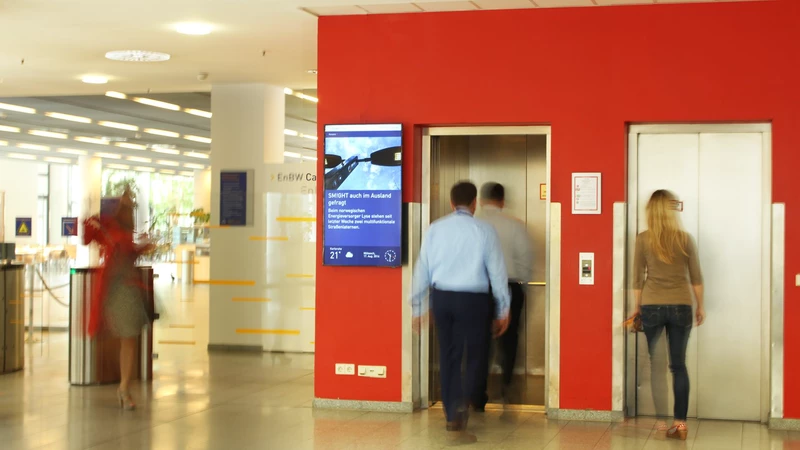
If the press is to be believed, the retail sector, and in particular the high street, is in the doldrums. Over the last few years high street sales have plummeted and many well-known chains have disappeared entirely.
But it’s not just hearsay. According to the Retail Think Tank, this difficult spell is not only real but will continue into 2019.
So how can retail stores successfully embrace digital technology to improve sales revenue? Signage has always been a key part of a retail store’s marketing strategy, encouraging customers to come into the store and then enticing them with multi-buys and other offers. But signage has changed over the years, and there is now a huge range of digital options available.
If you’re going to invest in in-store media, you will only reap the benefits if you get the content right. Let’s take a look at four ways to create good digital signage content.
Get Personal
The key benefit of digital signage displayed using in-store media versus static signage is that content can be dynamic. While hardware might be in a fixed location, the message it carries doesn’t have to be. You can constantly tailor your message to suit the audience at the time.
If this is your first foray into digital displays, look for a company with a pedigree in providing a consultative approach. This will ensure you get a solution which suits your business best. For example, try in-store media from Mood Media.
A Brand Opportunity
You should use every opportunity to convey your brand’s image, message and strategy. The repetitive use of your font, logo and any specific pantones will help to generate a higher level of brand recognition. Remember, many of the world’s largest brands are now instantly recognisable without the name being present.
Experiment with a Wide Range of Tools
There is a plethora of tools online to help you create digital content. Many of them are free, so you can try a few until you find one which you are comfortable with and which works well for the type of content you are trying to create.
Consider Location
Finally, as with any marketing activity, consider your location. If your business is spread across several towns or cities, try to avoid generic one-size-fits-all content. Instead make it relevant to each area.
